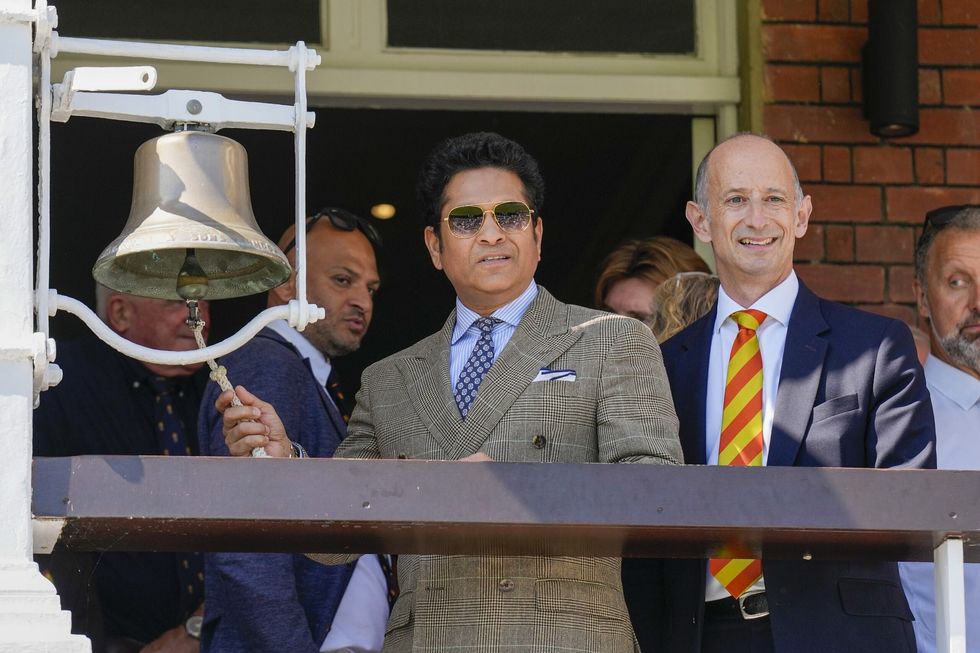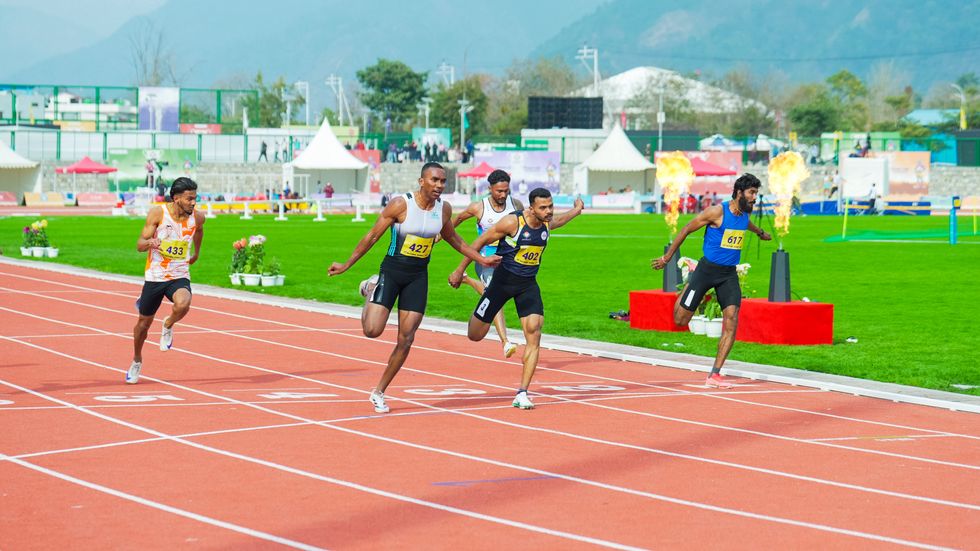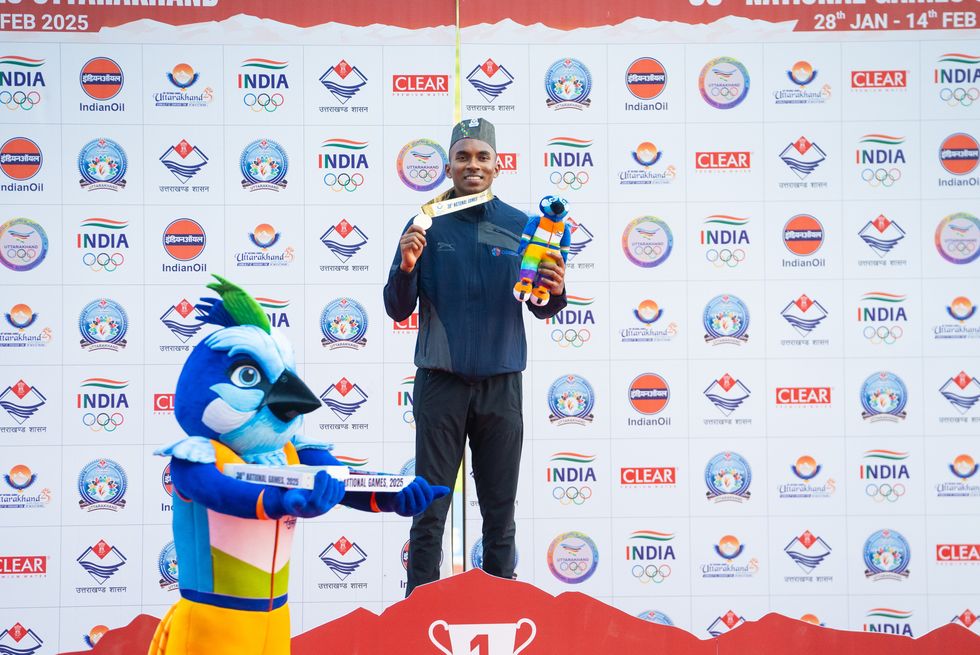Former captain Michael Vaughan on Friday branded Jonny Bairstow's claim that people are waiting for England to fail at the World Cup as "negative" and "pathetic".
England opener Bairstow was responding to criticism from Vaughan and fellow ex-skipper Kevin Pietersen after the hosts suffered consecutive losses against Sri Lanka and Australia.
Pietersen said current skipper Eoin Morgan was "scared" in the 64-run defeat by Australia, while Bairstow was played a radio clip of Vaughan saying England could be heading for their worst World Cup.
Morgan's side now face an uphill task to reach the semi-finals, with tough matches to come against India and New Zealand.
"People were waiting for us to fail," said Bairstow. "They are not willing us on to win, in many ways, they are waiting for you to get that loss, so they can jump on your throat.
"It's a typical English thing to do, in every sport."
But Vaughan hit back on Friday, saying the team had huge backing.
"How wrong can @jbairstow21 be," Vaughan posted on his Instagram account.
"Never has England team had so much support but it's you and your team that has disappointed Jonny ..
"WIN 2 games and you are in the semis .. With this negative, pathetic mindset I am concerned though.. it’s not the media’s fault you have lost 3 games .. !!!"
England, who have never won the World Cup, entered the competition as favourites but their much-vaunted batting line-up has stuttered badly in the past two games.
The host nation are fourth in the group table -- the last of the semi-final places -- but are looking over their shoulder at Pakistan, Sri Lanka and Bangladesh.
















 (Photo credit: PTI)
(Photo credit: PTI)


 Kujur's transformation began when he joined the Reliance Foundation programme in December 2022
Kujur's transformation began when he joined the Reliance Foundation programme in December 2022